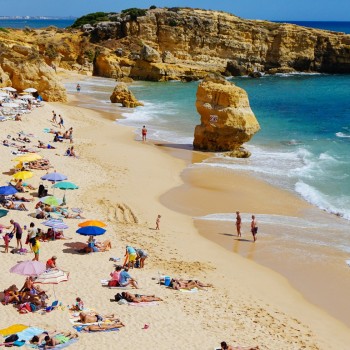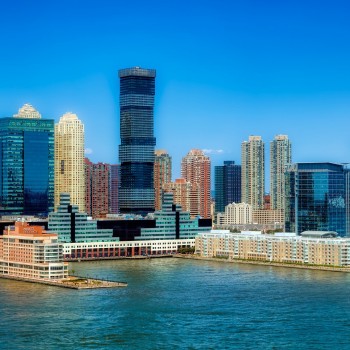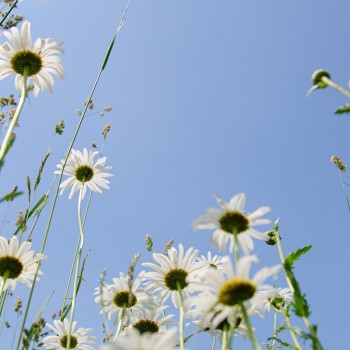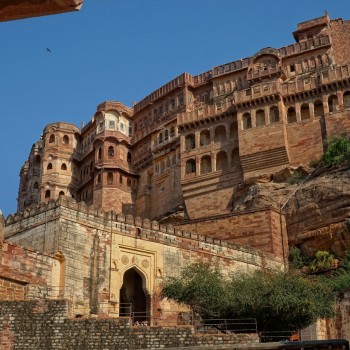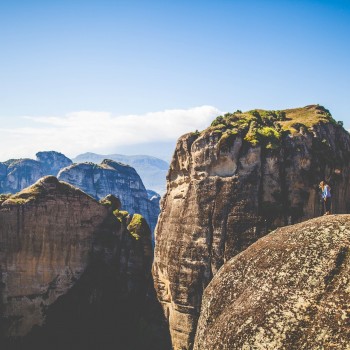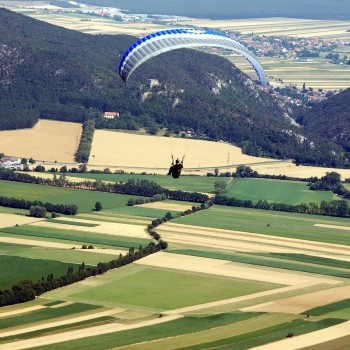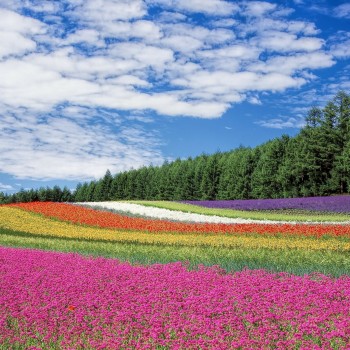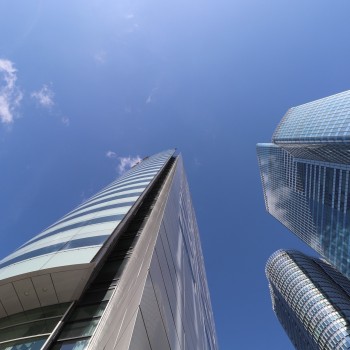Bosnia and Herzegovina
Bosnia and Herzegovina
Capital city description
Sarajevo is Bosnia and Herzegovina’s capital city. The city is surrounded by the mountains of the Dinaric Alps and densely forested hills. The landscape of Sarajevo features the Miljacka river and hilly terrain. Sarajevo is home to the Greece-Bosnia Herzegovina Friendship Building, where the Council of Ministers meets and other central government ministries, departments, and institutions. The city is a large manufacturing and tourism sector and the country’s most vital economic region. Sarajevo is also the country’s cultural and educational hub and includes many prestigious cultural and educational institutions.
Climate
Bosnia and Herzegovina has a continental climate with warm summers and cold, snowy winters. It looks more like the climate of continental Europe than the Mediterranean climate of nearby countries like Italy or Greece. Only the southwest of the country has a Mediterranean climate. This warm maritime climate occurs where Bosnia and Herzegovina borders the Adriatic Sea. Rainfall is abundant in most of the country, except in some sheltered valleys and the northernmost area, near the border with Croatia.
- Spring: March to May
- Summer: June to August
- Autumn: September to November
- Winter: December to February
Languages spoken
Bosnian, Serbian, and Croatian are Bosnia and Herzegovina's official spoken languages; however, the Bosnian, or Bosniak/Bosniac language, is the widely spoken language of Bosnia and Herzegovina.
Fun/Fascinating Facts
- Bosnia and Herzegovina is home to radiant wine. Most of the country’s wine comes from Herzegovina. The region’s most famous white grape is called Žilavka. It means ‘strong roots’ because its deep roots can withstand high temperatures and severe droughts. The country’s best full-bodied reds are made from the Vranac grape.
- Bosnia and Herzegovina has the tenth highest coffee consumption per capita globally.
- Bosnia is said to have been occupied since the New Stone Age.
- The small town of Medjugorje is incredibly famous with Catholic pilgrims.
- The currency of Bosnia and Herzegovina is the Marka, which can’t be bought or exchanged anywhere else in the world.
Unique Customs/Traditions
- Traditionally, gift-giving is an essential extension of Bosnian hospitality and close ties with friends and family. Gift giving is not limited to just special events like religious holidays or when visiting someone's house as mentioned above, but also when attending the party and even when conducting business.
- In Bosnia and Herzegovina, visitors first invited to the new friends' house should traditionally bring a small gift - a box of chocolate, a bouquet (only an odd number!), a bottle of wine.
- Bosnian traditional costumes in the Dinaric group is long linen dresses tied with woolen embroidery in four different colors for the Serbian Orthodox inhabitants and usually two different colors for the Croatian Catholic population. The motifs are geometrical and not floral. Dresses worn by the Muslim population in the Dinaric region do not usually have any embroidery. Zubun of a young female is predominantly, while married women wore zubuns of either black or dark blue color. In Western Bosnia, unmarried Serbian girls sometimes wear dark bluezubuns similar to married women. Croatian zubuns here have less embroidery and are usually black, while Herzegovina zubuns are black in the western areas and dark blue in the east.
- In Central Bosnian, the costumes usually consist of a vast, ankle-long dress, pants, various types of zubun overcoats, and aprons, although some have not been worn in some areas. The socks are knee-high with flower ornaments, while embroidery around Sarajevo is geometrical.
Popular universities
| Name | Description | |
|---|---|---|
| Univerzitet u Sarajevu | Founded in 1949, Univerzitet u Sarajevu (University of Sarajevo) is a non-profit public higher education institution located in the urban setting of the medium city of Sarajevo, Sarajevo Canton. It is the largest and oldest university in the country and the oldest institution of tertiary learning in the former Yugoslavia. Univerzitet u Sarajevu (UNSA) offers courses and programs such as pre-bachelor degrees (i.e., certificates, diplomas, associate or foundation), bachelor degrees, master degrees, doctorate degrees in several areas of study. | |
| University of Banja Luci | The University of Banja Luci is the second-largest University in Bosnia and Herzegovina, founded on November 7, 1975. Univerzitet u Banjoj Luci (UBL) offers courses and programs leading to officially recognized higher education degrees in several areas of study. This institution also has a branch campus in Prijedor. | |
| Sveucilište u Mostaru | Sveucilište u Mostaru (University of Mostar) is a non-profit public higher education institution located in the urban setting of the small city of Mostar, Herzegovina-Neretva Canton, founded in 1977. Sveucilište u Mostaru offers courses and programs leading to officially recognized higher education degrees such as bachelor's degrees, master's degrees, doctorate degrees in several areas of study. This institution also has branch campuses in the following locations: Orašje, VItez, Brcko. | |
| Internacionalni Univerzitet u Sarajevu | Established in 2004, Internacionalni Univerzitet u Sarajevu (International University of Sarajevo) is a non-profit private higher education institution located in the urban setting of the medium city of Sarajevo, Sarajevo Canton. The university comprises the Faculty of Engineering and Natural Sciences, the Faculty of Business and Public Administration, the Faculty of Arts and Social Sciences, the Faculty of Law, and the Faculty of Education. IUS also organizes an English Language School (ELS) to provide intensive English Language instruction. | |
| International Burch University | International Burch University (IBU) was established in 2008 in Sarajevo, the capital of Bosnia and Herzegovina, to present a unique opportunity to rethink the very idea of a modern university and formulate a blueprint for the future. International BURCH University (IBU) offers courses and programs leading to officially recognized higher education degrees such as bachelor's degrees, master's degrees, doctorate degrees in several areas of study. Upon the decision of the Sarajevo Canton Ministry of Education, the teaching process was started according to the Bologna System of Education (3+2+3) entirely in the English language within three faculties. | |
| Univerzitet u Zenici | Established in 1961, Univerzitet u Zenici (University of Zenica) is a non-profit public higher education institution located in the urban setting of the small city of Zenica. Zenica-Doboj Canton Univerzitet u Zenici (UNZE) offers courses and programs leading to officially recognized higher education degrees such as bachelor's degrees, master's degrees, doctorate degrees in several areas of study. | |
| Univerzitet u Tuzli | Founded in 1976, Univerzitet u Tuzli (University of Tuzla) is a non-profit public higher education institution located in the urban setting of the small city of Tuzla, Tuzla Canton, and one of the major institutions of higher learning in Bosnia and Herzegovina. Univerzitet u Tuzli (UNTZ) offers courses and programs leading to officially recognized higher education degrees such as bachelor's degrees, master's degrees, doctorate degrees in several areas of study. | |
| Univerzitet u Istocnom Sarajevu | Established in 1992, Univerzitet u Istocnom Sarajevu (University of East Sarajevo) is a non-profit public higher education institution located in the urban setting of the medium town of Lukavica, Republika Srpska. Officially recognized by the Ministarstvo prosvjete i kulture Republike Srpske (Ministry of Education and Culture of the Republic of Serbia). Univerzitet u Istocnom Sarajevu (UNSSA) offers courses and programs leading to officially recognized higher education degrees such as bachelor's degrees in several areas of study. | |
| Evropski Univerzitet Brcko Distrikt | Evropski univerzitet Brcko distrikt (European University Brcko District) is a for-profit private higher education institution located in the small city of Brcko, Brcko District. Evropski univerzitet Brcko distrikt (EUBD) offers courses and programs leading to officially recognized higher education degrees such as pre-bachelor degrees (i.e., certificates, diplomas, associate's or foundation), bachelor degrees in several areas of study. | |
| Univerzitet Džemal Bijedic u Mostaru | Founded in 1977, Univerzitet Džemal Bijedic u Mostaru (Dzemal Bijedic University of Mostar) is a non-profit public higher education institution located in the urban setting of the small city of Mostar, Herzegovina-Neretva Canton. This institution also has a branch campus in Sarajevo. Univerzitet Džemal Bijedic u Mostaru (DBU) offers courses and programs leading to officially recognized higher education degrees such as bachelor's degrees, master's degrees in several areas of study. | |
Festivals & Events

Sarajevo Film Festival
Date: August
Sarajevo Film Festival is an international film festival with a significant focus on the region of the South-East, shining a global spotlight on films, talent, and future projects from the region held annually in August. Long and short regional films from various genres are shown.
The premier film festival in the Balkans region, Sarajevo Film Festival, is also one of the largest in Europe and became the most honored festival in Bosnia and Herzegovina and serves as a massive venue for artists from all over the world to meet and share their passion for the arts.

Prishtina Jazz Festival
Date: October and November
The Prishtina Jazz Festival is Kosovo's most annual cultural and artistic event. It brings about essential and significant artists worldwide. This festival has also developed a solid local jazz scene, especially within Prishtina, leading to collaborations with famous international artists and other celebrations. The Pristina Jazz Festival has hosted Uri Caine, Tom Kennedy, Reggie Washington, Giulio Martino, Willard Dyson, Bob Albanese, Hans-Joachim Roedelius, Robin Verheyen, Aki Rissanen, Peppe La Pussata, Tim Story, Francesco D'Errico, and Yiotis Kiourtisoglou.

Bascarsija Nights
Date: July
One of the most famous cultural events in Sarajevo, the month-long festival of Bascarsija Nights, features some different events that honor the rich culture of Bosnia. Bascarsija Nights takes place annually in July. It is marked by various children’s programs, literary events, film showings, classical music, opera, and ballet, and a lot more. It shows about 40 and 50 exciting artistic events.

Kid's Festival
Date: June
Kid's Festival Bosnia & Herzegovina is the largest children & youth event in the Balkans, in Sarajevo in June. Since 2004 the Kid's Festival has brought together children from the different parts, communities, and ethnic groups from Bosnia & Herzegovina. Kid's Festival is packed with fantastic performances featuring jugglers, dancers, and magicians. The Kid's Festival is a great way to get children acquainted with the different types of art and keep them enjoying and engaged with workshops and fun.

Summer on the Vrbas
Date: Second week of July
The traditional event" Summer on the Vrbas" is held in the second half of July under the walls of Kastel fortress in Bosnia's most exciting city – Banja Luka. The event's main activities are Dayak and kayak racing boats, jumping from the City bridge, and performances of cultural, artistic, and musical groups. The perfect combination of cultural pursuits with athletic events makes this event unique.

Sarajevo Winter Festival
Date: February and March
Sarajevo Winter Festival, the most extended of all the Sarajevo festivals, includes many genres of art. There are all varieties of music, dance, and theatre Sarajevo Winter Festival has been a cultural festival held annually since the winter of 1984-1985 and draws exhibits from all over the globe, including contemporary artistic presentations, concerts, sculpture exhibitions, and cultural commentary. The International Sarajevo Winter Festival has received one of the highest awards possible, called “Sestoaprilska Negarda Sarajeva.”
Attractions / Top Sights

Mostar Bridge
When to visit: June to September
The Mostar Bridge is a 16th-century bridge and crosses the Neretva River. The bridge stood for 427 years, and it was destroyed 427 years later during the Bosnian War on November 9, 1993, and rebuilt and reopened in 2004. The bridge is arched with a width of 4 meters and 29 meters. The bridge arch is constructed of local stone.
The Mostar Bridge is one of the famous tourist spots in Mostart and has been a tour stop since 2015 in the Red Bull Cliff Diving World Series. Mostar Bridge diving is a traditional annual competition in diving organized every year at the end of July. It is customary for the town's young men to leap from the bridge into the Neretva.

Baščaršija
When to visit: May to October
Constructed in the 15th century, Baščaršija is Sarajevo's ancient bazaar and the historical and cultural center of the city. The ancient city, also known as the Old City of Turkey, is full of Turkish Islamic style because the Ottoman Turks built it in the 16th century. The ancient city is like a labyrinth consisting of small streets and alleys, which are very lively. The pedestrians have very smoothly stepped the cobblestones on the pavement, crisscrossing the streets.
Bascarsija is located on the north bank of the river Miljacka, in the municipality of Stari Grad. On Bascarsija, there are several significant historic buildings, such as the Gazi Husrev-beg Mosque and sahat-kula. Today Bascarsija is the main tourist attraction of Sarajevo.
.jpg)
Sarajevo City Hall
When to visit: May to October
Sarajevo City Hall, a triangular structure, is a mixture of Islam and Austro-Hungarian style. Situated at the intersection of three major streets in Sarajevo, the City Hall is a monument to the multiculturalism of Bosnia. The City Hall was built during the Austro-Hungarian Empire between 1892 and 1894 and was changed to the National Library during World War I. Unfortunatenately, the City Hall was hit by heavy artillery and incendiary bombs. Later in 1996, the building was restored with the help of the Austrian Government and the European Commission. The building now houses national and university libraries, city councils, and museums. The interior is stunning with Turkish-style new painting combined with Roman arched columns. The basement level introduces the history of the construction, the process of bombing and reconstruction of the city hall, and the history of Sarajevo.

Blagaj tekija
When to visit: In summer
The Blagaj tekija is an Islamic monastery located south of Mostar, surrounded by mountains and the stunning Neretva River flows. The mosque was built by the Islamic mystical groups in the Ottoman Empire. It has been a holy place of Islam in the Mostar region over the years. The river is pristine and clear, and the naturally formed little dams of various shapes make the river splash white water. Walking along the path into the village, you can hear the sound of the flowing water all the way.

Travnik Castle
When to visit: April to July
The picturesque Travnik Castle, locally known as Stari Grad Castle, is a medieval town-fortress complex in Travnik, Central Bosnia Canton, Bosnia, and Herzegovina. The central tower of Travnik castle is amazingly well-preserved. This place is a small museum covering the history of the city. Travelers can walk around and explore all sides of the ancient walled area and the beautiful surrounding landscape. One of the best things tourists can enjoy is the castle's original moat.

Štrbački buk Waterfalls
When to visit: In spring
Štrbački buk waterfalls is near the villages of Kulen Vakuf and Orašac. The stunning natural waterfalls Štrbački buk draw nature lovers and many other tourists. Štrbački Buk is a highly picturesque 40m-wide waterfall, pounding 23.5m down three travertine sections, including over a superbly photogenic 18m drop-off, overlooked by a network of viewing platforms. This impressive waterfall consists of several other waterfalls in proximity.

Kravice
When to visit: May to June or September to October
Kravice is one of the most stunning views in the Herzegovina region. The Kravice Falls cascade in innumerable streams over the verdant ridges south of Mostar is a genuinely photogenic wonder of the country. This large tufa cascade on the Trebižat River is 25m high and 120m wide.
The entire area is full of greenery with chaste trees, poplars, and figs all around. Many tourists visit Kravice for picnics, camping, and even swimming during the summer months.



